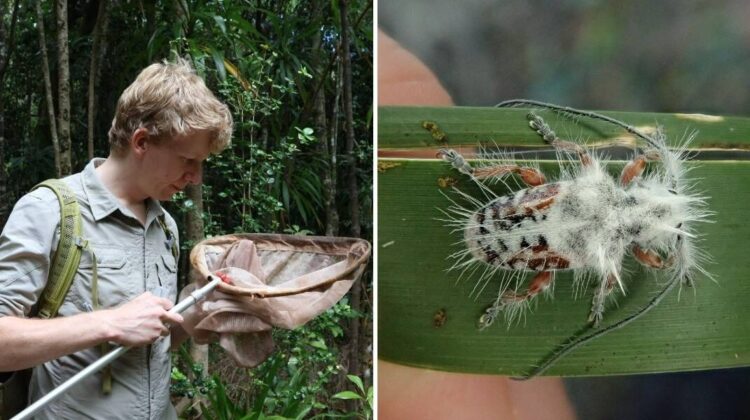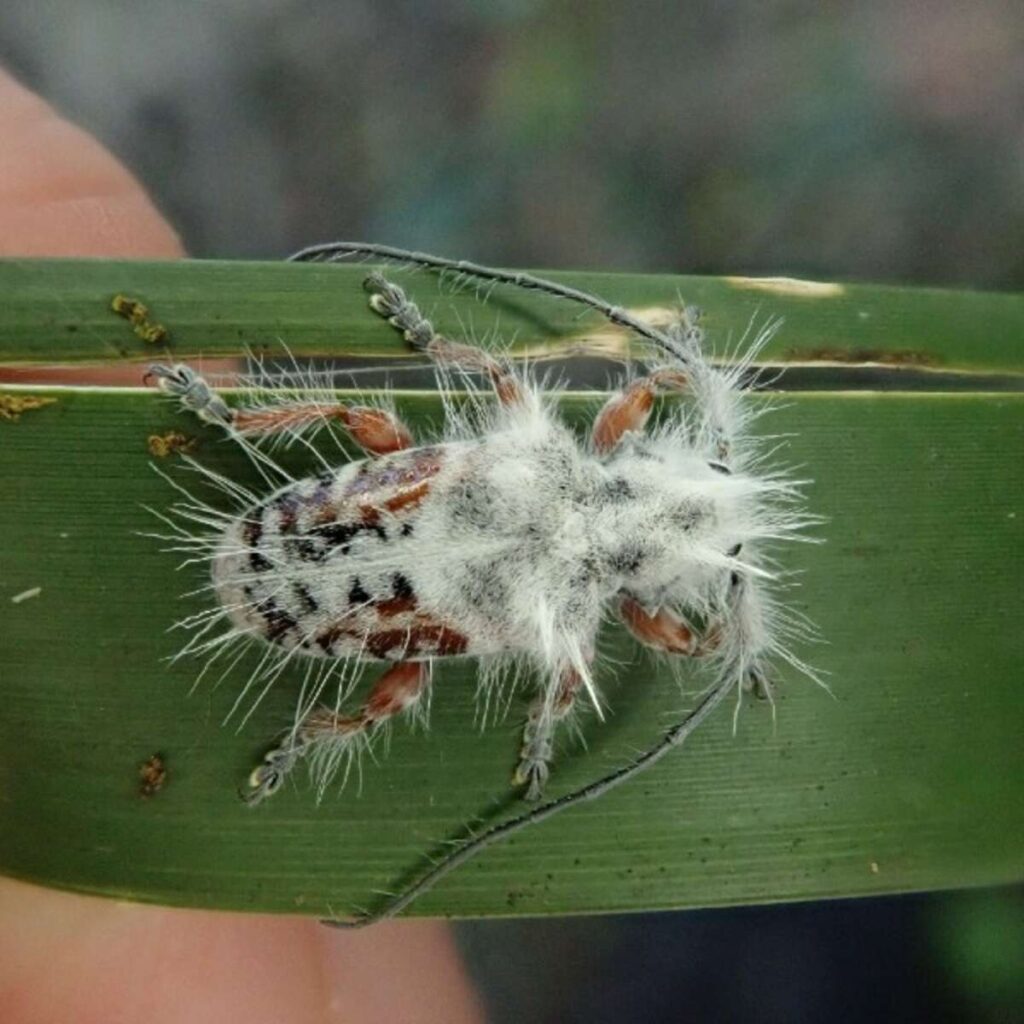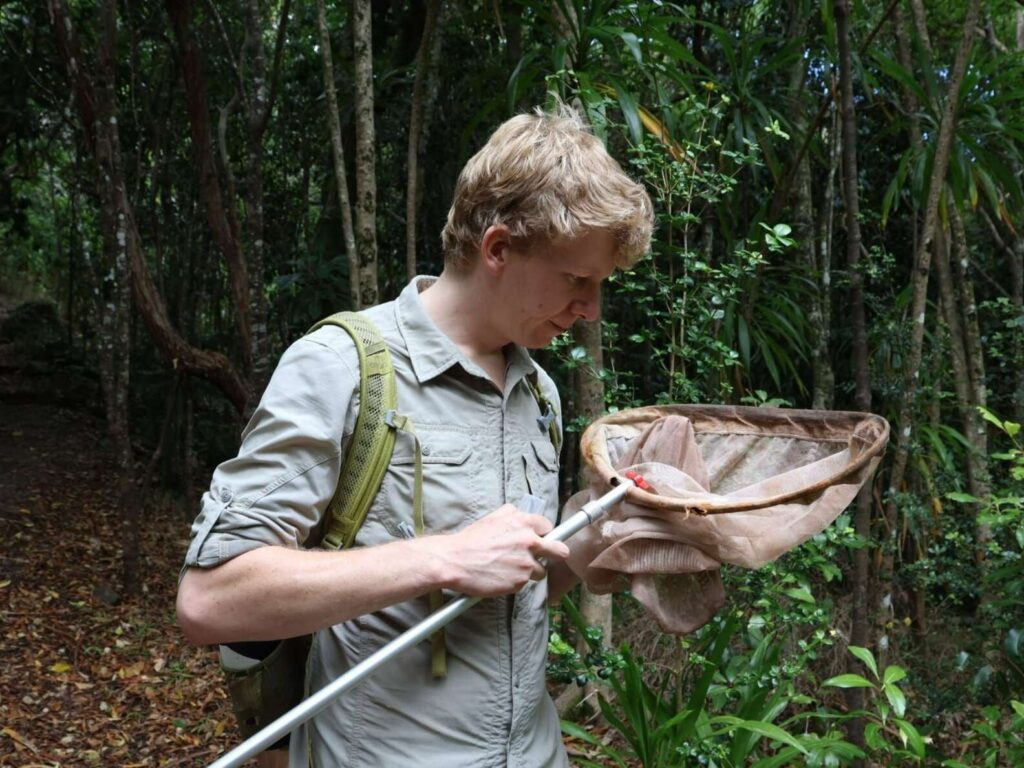
During a recent camping trip in the lush Australian rainforest, James Tweed, a Ph.D. candidate at the University of Queensland, stumbled upon an intriguing sight. Nestled on a leaf nearby was a peculiar white blob. Initially dismissing it as mere bird droppings, Tweed’s curiosity led him to take a closer look. To his astonishment, the seemingly innocuous speck revealed itself to be something truly extraordinary.
“To my amazement, I saw the most extraordinary and fluffiest longhorn beetle I had ever seen,” Tweed exclaimed in a press release.

The wooly brown and black beetle stood out starkly against its leafy backdrop, a sight Tweed had never before encountered. Despite scouring academic sources and consulting with experts, no existing match for this enigmatic creature could be found. Eventually, confirmation came from the Australian National Insect Collection: Tweed had stumbled upon an entirely new beetle species. What’s more, this beetle belonged to a new genus, signifying a discovery of significant scientific importance.
Despite this groundbreaking find, much remains to be understood about this newfound beetle species. Researchers speculate on the purpose behind its fuzzy coat, positing that it may serve as a defense mechanism against predators by mimicking the appearance of fungus.

For Tweed, the discovery represents not only a personal triumph but also a call to action for the scientific community. As an advocate for animal welfare, he hopes that his find will inspire researchers worldwide to intensify their efforts in studying and conserving lesser-known insect species.
“We’re experiencing rapid declines in biodiversity globally, and it’s difficult to conserve species if we don’t even know they exist,” Tweed emphasized. “Insects are the most diverse group of animals on the planet, but are also the most underappreciated and understudied.”

With continued dedication and exploration, the realm of undiscovered creatures teems with possibilities. Who knows what other remarkable species lie waiting to be uncovered, just beneath our noses?

Leave a Reply